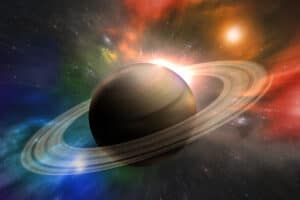The Red Planet is the second-smallest planet inhabiting our Solar System. It is known as Mars, bearing the name of the well-known Roman god of war. The planet enjoys increasing attention thanks to its similarity to Earth. We don’t even have to mention the multiple space programs, especially the one led by Elon Musk, that plan to populate the planet’s surface.
This means that Mars’ surface is not too hot. On the other hand, it can get quite cold depending on the location. You’ll find more about the topic in the lines to come. We’ll analyze how hot and cold the surface of Mars can get and, at the same time, determine what could survive there!
We’ll take into account only temperatures as a liveability factor. If everything else were similar to what we have on Earth, but temperatures were not, what could live on Mars? Let’s find out!
How hot or cold is the surface of Mars really?
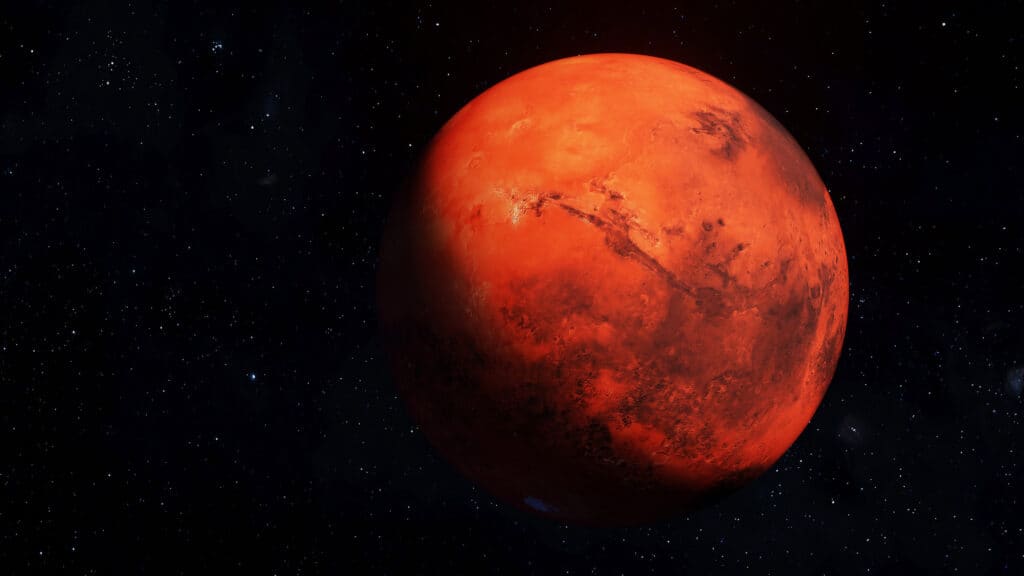
According to NASA, the mean temperature of Mars is -85 °F.
©iStock.com/Cobalt88
The average temperature of Mars’ surface is about -81 °F. However, because it is quite similar to Earth (in terms of atmospheric pressure and not only), temperatures vary depending on season and location.
It can get as low as -220 °F at the planet’s poles during winter. On the other hand, the planet’s lower latitudes can experience temperatures as high as +70 °F during summer days. This is much closer to what we, humans, feel comfortable with.
Even though temperatures are bearable during the day at lower latitudes, they can drop to -100 °F at night. As a comparison, the coldest recorded temperature on Earth is -128.6 °F. Naturally, people couldn’t live there without adequate protective equipment and shelter.
According to NASA, the mean temperature of Mars is -85 °F (mean temperature accounts for temperatures across the entire surface of this rocky planet).
What could survive on Mars?
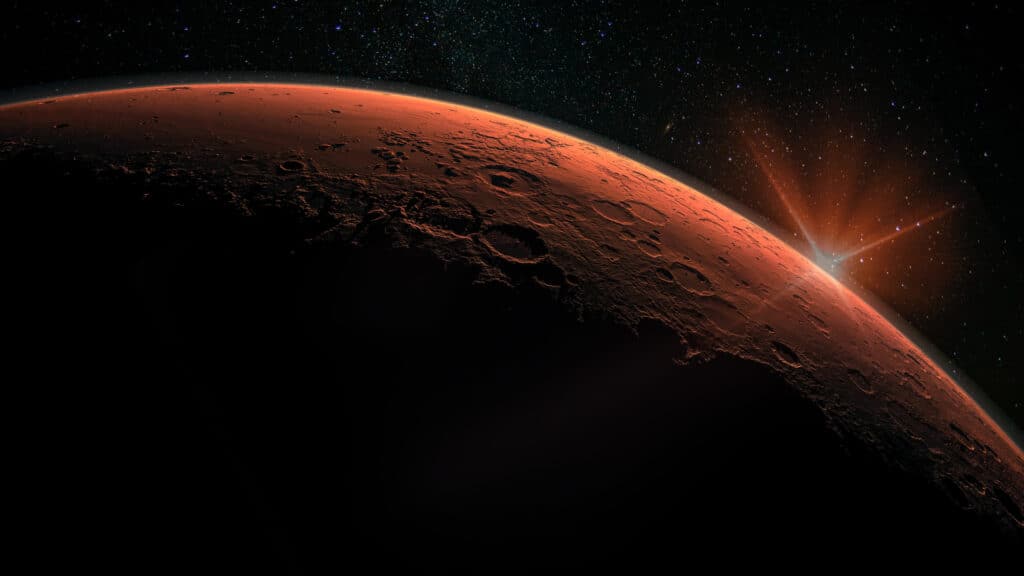
Psychrophiles or cryophiles can survive on Mars’ average surface temperature.
©iStock.com/Elen11
It can be very difficult to determine what could survive on another planet, especially if you take into account temperatures only and if the planet in question can get to temperatures similar to the ones on Earth. While the average on Mars is -81 °F, temperatures there can get to +70 °F, which is fairly warm for humans.
Considering Mars’ average surface temperature, psychrophiles or cryophiles could survive there. They are a type of extremophilic organisms that can endure low temperatures. It is worth mentioning that the ideal temperature range for these organisms is between -4 °F and 68 °F. Martian temperatures are out of that range.
It is believed, however, that such organisms may vitrify – transform into glass-like organisms – at about -13 °F and still be alive afterward. On the other hand, they could survive low temperatures, perhaps even as low as -85 °F, if the transition from the optimal growth temperature (about 59 °F for psychrophiles/cryophiles) is made slowly.
Theoretically, if such organisms were introduced on Mars’ surface at its lower latitudes, where temperatures can get to +70 °F, they could survive the gradual temperature decrease down to -85 °F. Evidence shows that, once they’re brought back to normal temperatures, these organisms remain viable for further growth and reproduction.
What are psychrophiles/cryophiles?
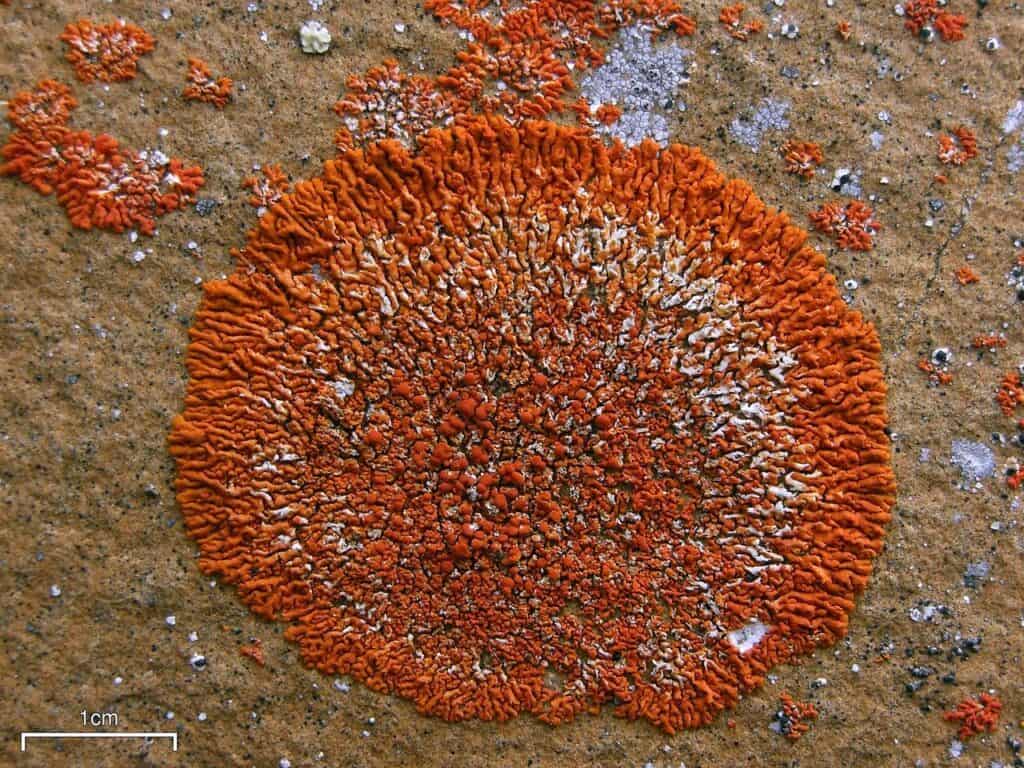
Psychrophiles are organisms that can survive at low temperatures.
©Jason Hollinger (original photograph), Papa Lima Whiskey (derivative edit) / CC BY-SA 3.0 – License
Psychrophiles (also known as cryophiles) are, by definition, organisms that can survive at low temperatures. These organisms can be insects, bacteria, fungi, snow algae, lichens, and phytoplankton. Some examples from each type of psychrophiles include:
- Insects – Grylloblattidae, Chironomidae;
- Bacteria – Psychrobacter, Arthrobacter, Sphingomonas, Pseudomonas, Hyphomonas, Halomonas, and Chryseobacterium greenlandensis;
- Fungi – Penicillium;
- Snow algae – Chlorella, Chlamydomonas, Chloromonas, and red, green, and brown algae;
- Lichens – Xanthoria elegans, Umbilicaria antarctica;
- Phytoplankton – Fragilariopsis cylindrus, Nitzchia stellata, Berkelaya adeliense, Entomoneis kjellmanii.
Could tomato plants or other vegetables/fruits survive on the surface of Mars?
Tomato plants, other vegetables, and fruits could survive on Mars’ select locations, namely those that enjoy temperatures of +70 °F. However, since these are limited, plants couldn’t thrive as they do on Earth. On top of that, night temperatures in those locations drop to -100 °F, well below freezing.
Some plants can survive freezing, while the highest temperatures they can endure are up to 90 °F. Beyond that, leaves wilt and the plant ultimately dies.
Given that Mars’ surface temperature is -81 °F, plants couldn’t survive there. The fact that temperatures are extremely varied doesn’t help either.
Could tardigrades survive on the surface of Mars?
Tardigrades are quite famous among scientists. They are microscopic living organisms that are believed to be able to survive the apocalypse. Tardigrades have also been to outer space. They are the most resilient animals on Earth, as they can survive extreme temperatures. But could they survive on the surface of Mars?
In an active state, tardigrades can survive temperatures of up to 98 °F. Low temperatures, on the other hand, put these animals into something called a tun state (dried and lifeless appearance). In this state, tardigrades can survive a few minutes at temperatures as high as 300 °F and a few days at temperatures as low as -328 °F.
Given the temperatures on the surface of Mars, tardigrades could survive on the planet’s lower latitudes in an active state. However, they would be immediately sent into the tun state during the night.
Would water be frozen or liquid on the surface of Mars?
Water could be both liquid and frozen on the surface of Mars. At the planet’s lower latitudes, where temperatures reach 70 °F, water would not only be liquid but have a pleasant temperature. One might even have a bath in it! However, this would only be possible during the day.
During the night, temperatures drop to -100 °F, freezing water. Even if scientists are developing ways to keep water liquid at low temperatures and have been able to keep it like that at -49 °F, they couldn’t keep it permanently liquid on Mars even at the planet’s lower latitudes.
Are there any signs of life on Mars?
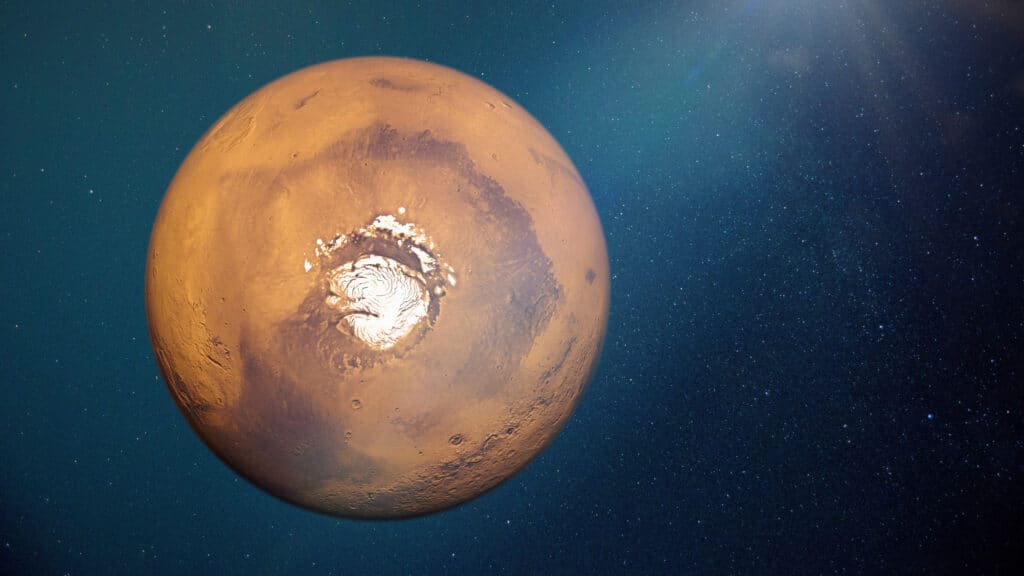
There is no sign of present or past life on Mars.
©iStock.com/dottedhippo
There is no sign of present or past life on Mars. While it was shown that the planet’s surface once had liquid water, such evidence is not enough to confirm the presence of life. On top of that, recent studies suggest that Mars, in its early days, was subject to temperatures much colder than Earth ever experienced.
If we take into account what humankind knows as life-compatible conditions, then Mars doesn’t have any signs of life (past or present). Alien life, on the other hand, is always a possibility.
The main characteristics of Mars
| Volume | Mass | Surface gravity | Average surface temperature | Predominant composition element | |
|---|---|---|---|---|---|
| Mars | 0.151 Earths | 0.107 Earths | 0.3794 g | −81 °F | Carbon dioxide (95.97%) |
| Earth | 2.59876×1011 cu mi | 1.31668×1025 lb | 1 g | 57 °F | Nitrogen (78.08%) |
How long is a one-way trip to Mars?
A one-way trip from Earth to Mars can last between 7 to 9 months. The duration depends on the location of each planet in its orbit.
7 interesting facts about Mars
Since we determined that, for the time being, it cannot support life as we know it on its surface, let’s now take a look at some other interesting facts about Mars.
- Mars has only 37% of the Earth’s gravity. As a result, mountains and volcanoes can be much taller without risking collapse.
- The tallest volcano in our Solar System is located on Mars. Olympus Mons is 16 miles high and almost as wide as the state of Arizona.
- The deepest canyon is also located on Mars. Valles Marineris has portions as deep as 4 miles.
- The planet’s atmosphere consists mainly of carbon dioxide – 95%.
- Mars’ tidal force is constantly pulling one of its satellites apart. The satellite Phobos will break in about 30-50 million years.
- Mars has dust storms that can be quite violent. They can last for entire months and can cover the entire planet.
- The planet’s color (and Red Planet nickname) is given by the rust, scientifically called iron oxide, that covers Mars’ surface. Hence the origin of Mars’ rusty color.
Up Next:
- This Is How Much You’d Weigh On Mars
- This is How Cold The Surface of Pluto Really is, And What Could Survive There
- Discover the Largest Star in the Known Universe
The photo featured at the top of this post is © iStock.com/dottedhippo
Thank you for reading! Have some feedback for us? Contact the AZ Animals editorial team.




